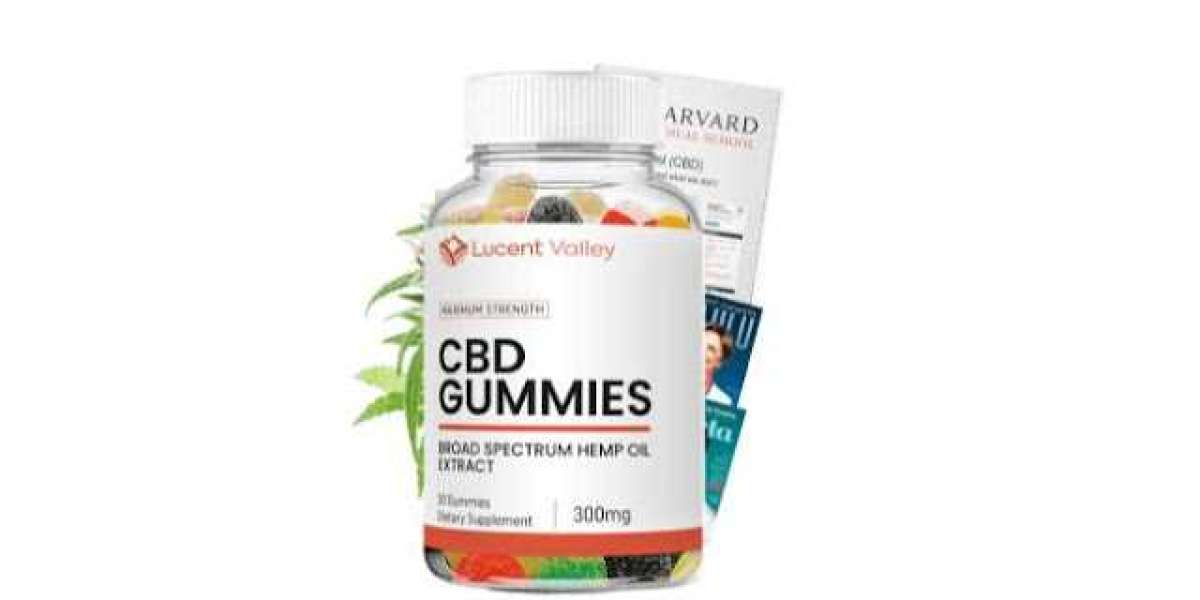Drug allergies are unpredictable reactions to intake of drugs. These can be triggered by herbal, prescription, and nonprescription drugs. Such drugs may be immunoglobulin E (IgE) or non-immunoglobulin E mediated. The global drug allergy market report by Market Research Future (MRFR) outlines pertinent drivers, challenges, trends, and opportunities for the period of 2017 to 2023 (forecast period).
Market Scope
The Global Drug Allergy Market size can touch USD 4,764 million by 2023 at a CAGR of 5.1% during the forecast period. Awareness of allergies and respective treatments coupled with the launch of new products can fuel the market demand. Investments in research and development to prevent allergic reactions will work in favor of the market. Development of diagnostic tests to come to accurate conclusions can save patient lives. For instance, the PEN-FAST prediction tool can predict allergies of patients to penicillin which go undetected with normal tests of skin or patch.
Get Sample Report @ https://www.marketresearchfuture.com/sample_request/4033
Changes in lifestyles of consumers, alarming levels of indoor and outdoor pollution, and rapid urbanization have caused drug allergies among patients. According to the World Health Organization (WHO), the U.S. reported close to 40 million cases of inhaled allergies in 2012. Advances in technologies and rapid government approval of diagnostic tests can further the market growth till 2023.
Segmentation
The global drug allergy market is segmented on the basis of type, diagnosis, treatment, and end user.
By diagnosis, it is segmented into immunologic, nonimmunologic, and others. Immunologic allergy is sub-segmented into type I reaction, type II reaction, type III reaction, type IV reaction, and others. The non-immunologic allergy is sub-segmented into predictable, unpredictable, and others. The predictable allergy is further segmented into pharmacologic side effect, secondary pharmacologic side effect, drug toxicity, drug-drug interactions, drug overdose, and others. The unpredictable segment is further sub-segmented into pseudoallergic, idiosyncratic, intolerance, and others.
By diagnosis, it is segmented into skin test, blood test, patch test, and others. Skin test is further segmented into intradermal test, scratch or prick test, and others.
By treatment, it is segmented into antihistamines, corticosteroids, withdrawal of the drug, treatment of anaphylaxis, and others. Antihistamines comprises azelastine eyedrops, levocabastine eyedrops, hydroxyzine, emedastine eyedrops, desloratadine, carbinoxamine, diphenhydramine, cyproheptadine, azelastine nasal sprays, levocabastine oral, and others. While corticosteroids are further segmented into inhaled steroids, topical steroids, and others.
By end user, it is segmented into academic institutes, medical research centers, hospitals clinics, and others.
Regional Analysis
The Americas, Asia Pacific (APAC), Europe, and the Middle East Africa (MEA) are regions of interest covered in the global drug allergy market.
The Americas comprise North America and Latin America, out of which the former drives the market growth. The North America drug allergy market is driven by the U.S. Nearly 10% of the U.S. population suffer from drug allergies which can trigger market demand till 2023. On the other hand, Latin America can display a moderate growth rate during the forecast period owing to Chile, Argentina, and Brazil.
Europe is driven into Western and Eastern Europe. Western Europe is accountable for major market share of the Europe drug allergy market. Increasing cases of drug allergies are the primary driver.
APAC can exhibit the fastest growth rate during the forecast period owing to improvements in drug testing facilities, accurate assays, and awareness of drug allergies. Japan currently leads the APAC market, while China is portended to showcase a robust pace. The Chinese growth is marked by continuous inflow of capital, high industrial output, and steady import and export statistics.
Lastly, the MEA region can show a sluggish growth rate owing to limited awareness levels and adherence to traditional medical practices.
Competition Outlook
Circassia, Bayer, MAGNA Pharmaceuticals, Inc., Stallergenes Greer, HAL Allergy Group, AstraZeneca, Johnson Johnson Services, Inc., and others are major players operating in the global drug allergy market.
Access full report @ https://www.marketresearchfuture.com/reports/drug-allergy-market-4033
About US:
Market Research Future (MRFR), enable customers to unravel the complexity of various industries through Cooked Research Report (CRR), Half-Cooked Research Reports (HCRR), Raw Research Reports (3R), Continuous-Feed Research (CFR), and Market Research Consulting Services.
Contact us:
Market Research Future (part of Wantstats Research and Media Private Limited),
99 Hudson Street,5Th Floor, New York,
New York 10013,
United States of America














